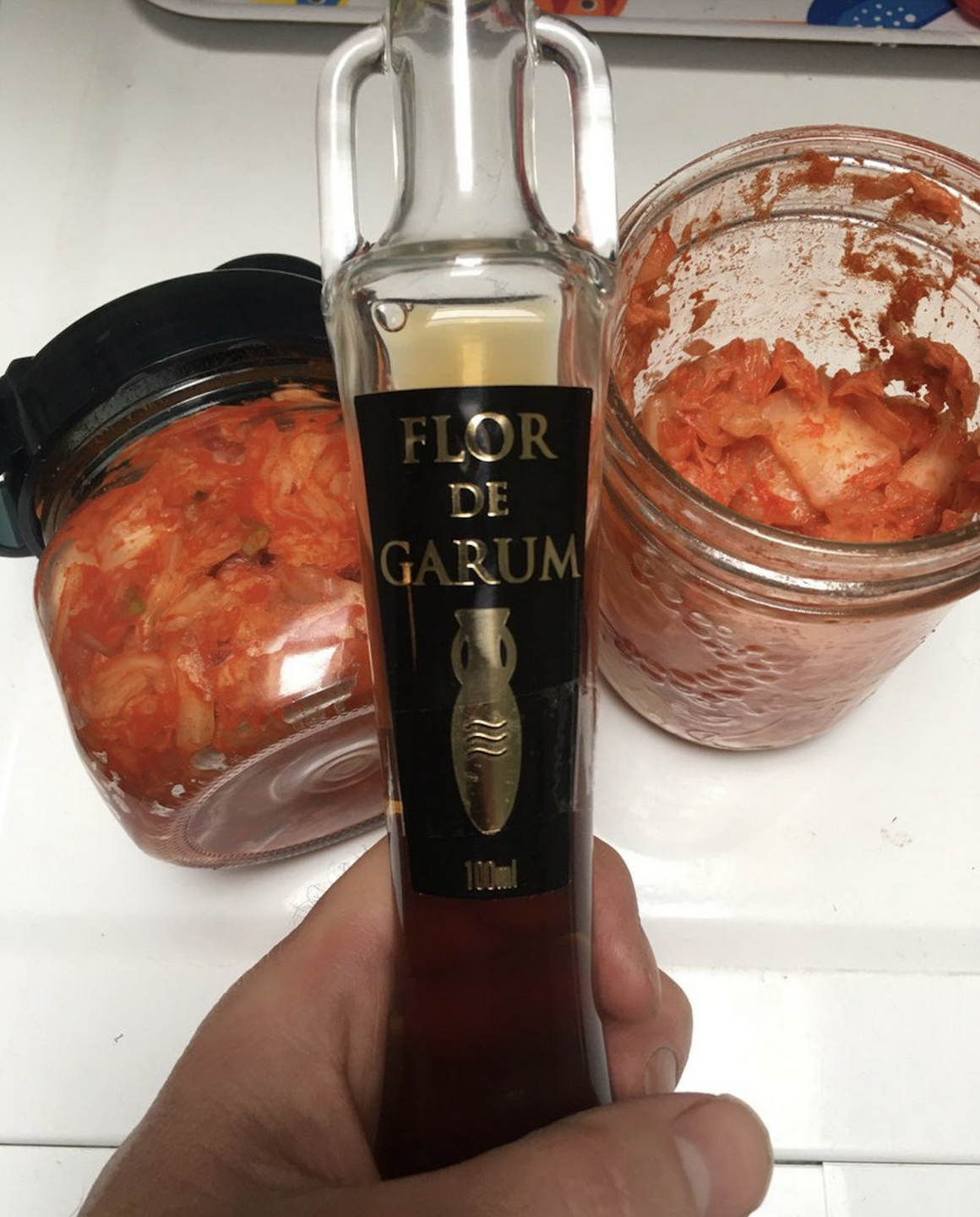Over the last few years, I’ve made peace with the bacteria in my kitchen. Indeed, I’ve learned to love them. The pandemic helped: the long days and nights of lockdown were ideal for exploring the fuzzy art of fermentation. Sourdough, kefir, paneer, Bulgarian yogurt, kombucha—our kitchen became a refuge and breeding ground for lactic-acid bacteria of all kinds.
Kimchi, that spicy Korean pickled cabbage, was one of the most satisfying to make, if one of the hardest to get right. Koreans make at least one hundred different kinds of kimchi, happily fermenting watermelon skins, pumpkin blossoms, mushrooms, and burdock roots. They impute immune-boosting benefits to kimchi, which is usually made with ginger and garlic, and I’m inclined to agree: at the height of cold and flu season, I try to eat a few spoonfuls of kimchi every day. (Come to think of it, the last time I got sick, I’d been separated from kimchi and my homemade ferments for two weeks. Just sayin’.)
One of the key components of kimchi is the fishy, umami flavor imparted by small fish. In most recipes, this comes in the form of anchovies or an Asian fish sauce. I have a vast collection of fish sauces in my pantry (research, baby!), and I usually use a Vietnamese nuoc mam, such as Red Boat, made with black anchovies, a Filipino patis, or even an ishiri, a Japanese sauce fermented from squid blood and guts (lots of iron, but what a smell…).
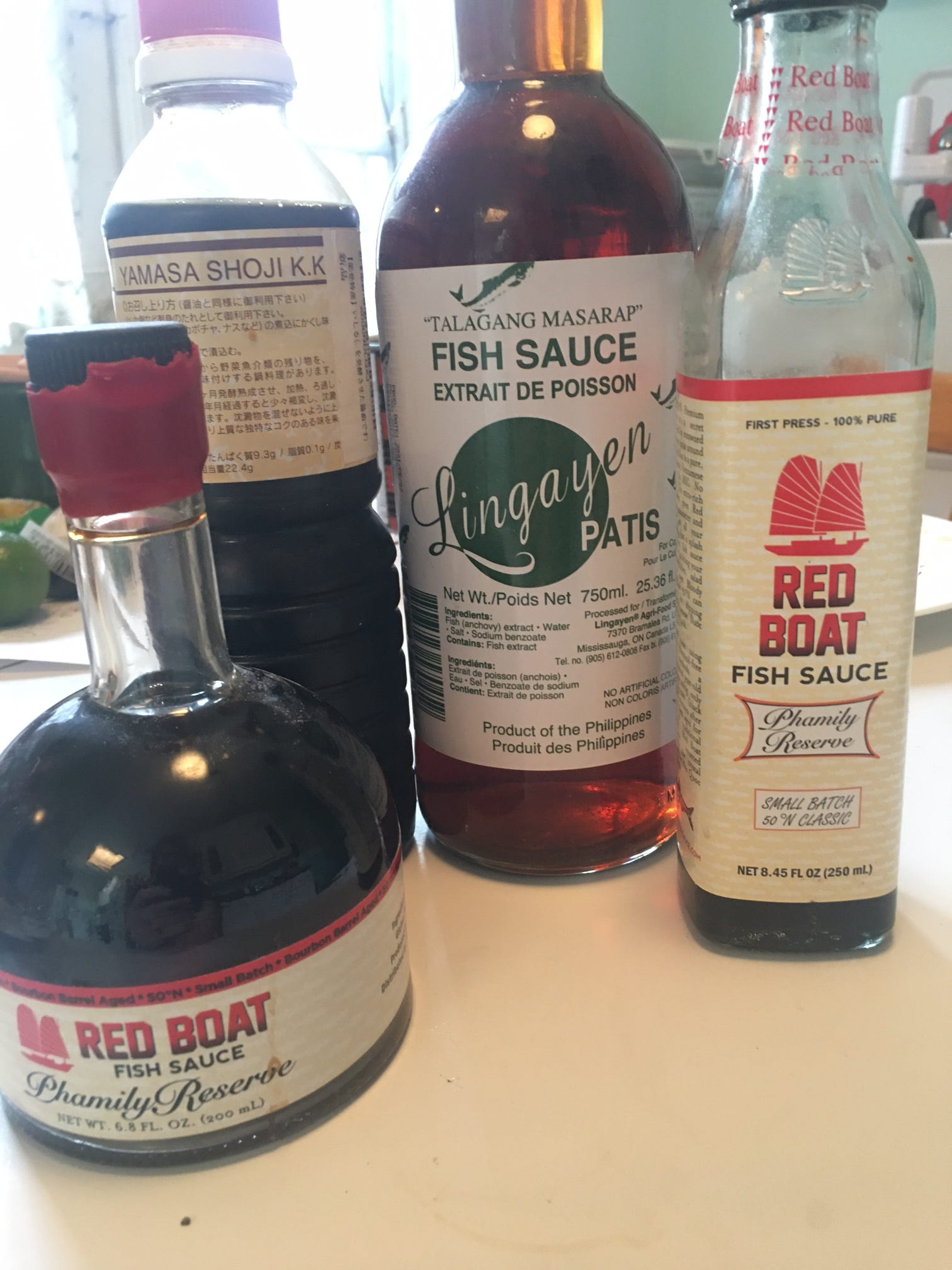
I wondered what would happen if I swapped Asian fish sauce for the Roman fish sauce garum. As I wrote in a previous dispatch, what we think of as garum is actually liquamen, the most basic version of Roman fish sauce, which was made by fermenting small fish at about 90 degrees F in concrete vats for three months. Most of the recipes in Apicius, the compendium of Roman cookery, call for liquamen rather than garum (and almost none call for the addition of salt; liquamen was understood to bring all the saltiness you needed to season your flamingos, moray eels, and dormice).
For the basic recipe, I defer to Korean mothers and grandmothers; I follow a mash-up of this recipe and a few others I’ve found on the web. I start by salting down a coarsely chopped Napa cabbage. Sometimes I enlist my sons to massage the cabbage. Their small hands are efficient at squishing the water out of the cabbage, and Desmond and Victor seem to find the process satisfying. (I do too; it’s a great stress reliever.)
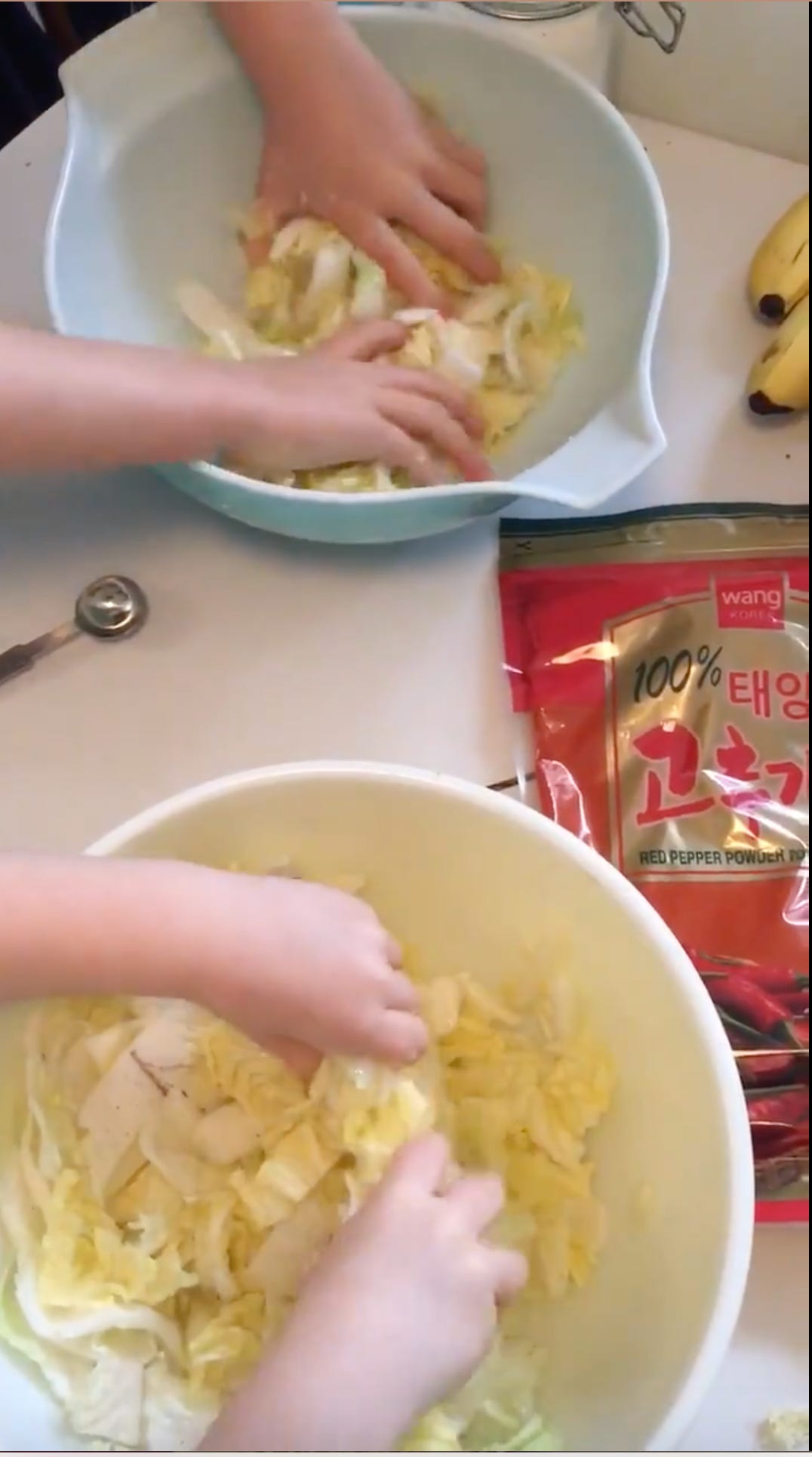
Then I put plates over the salted cabbage to weigh it down; after about three hours, the bowls are full of brine, and the cabbage, drained of water, is much firmer.
Meanwhile, I’ve made a paste of gochugaru (Korean chile flakes, a beautiful deep red), ginger, garlic, flour, and sugar. This is where the fish sauce usually comes in. I add the sauce to the paste, then massage it into the drained cabbage with clean hands. Then I mush the mess into a Mason jar, pressing it down hard to extract more liquid; I try to make sure the cabbage is covered with liquid; if there’s not enough left in the cabbage, I add a little brine. I have special “burp” lids with rubber valves that I screw onto the jar; they allow a little gas to escape in the three or so days it takes for the first fermentation to be complete. (Sometimes I cover the spiced cabbage with a salted cabbage leaf.)
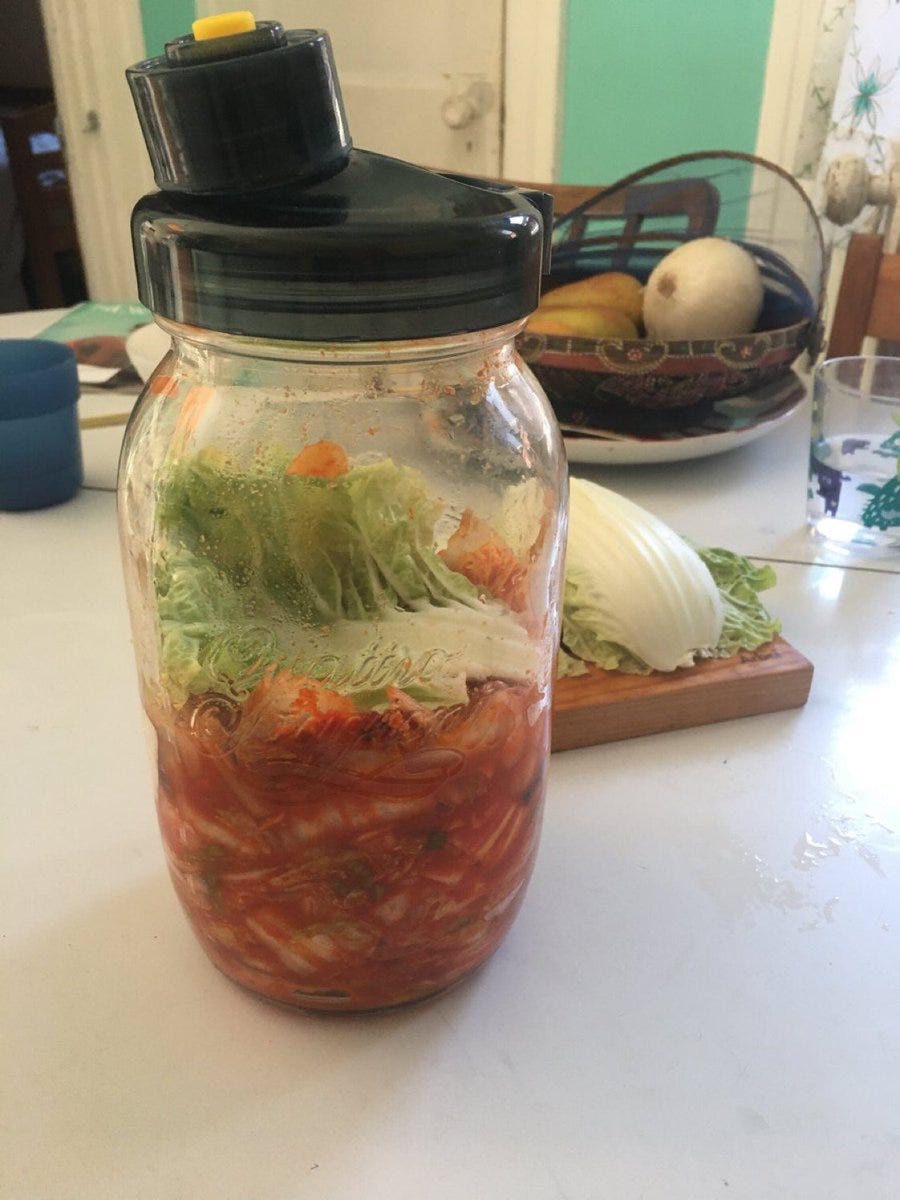
The first time I experimented with garum/liquamen, I used the Flor de Garum I’d been given by archaeologists at the University of Cádiz. The problem was that their version of garum turns out to be extremely salty—which means that adding a tablespoon was really overdoing it; the first batch was just too salty to eat. In subsequent attempts, I halved the amount, and that turned out to be just the right amount of savoury.
The result, in fact, was excellent. The Spanish Flor de Garum is fermented with several herbs, including thyme and oregano, so the resulting kimchi had an appealing Mediterranean flavor. Satisfied with the result, I decided to take the experiment to the next level by adding my own homemade garum, which I’d fermented from Portuguese sardines, using a camping cooler and a seedling mat to keep the salted fish at the right temperature through a Montreal winter. (I step-by-step the process in this dispatch.)
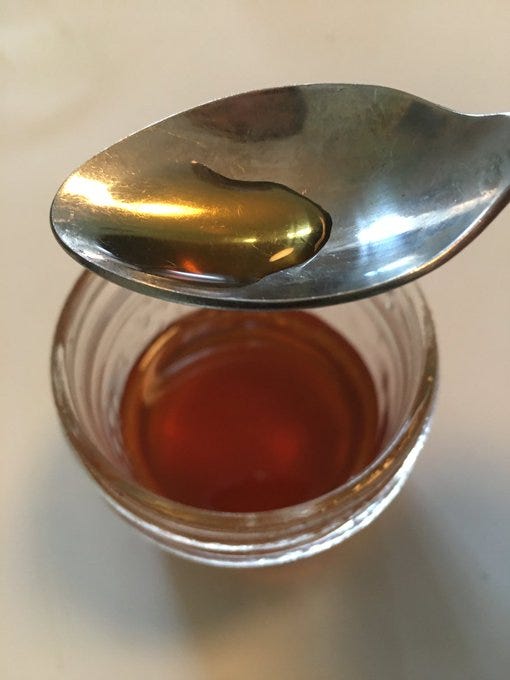
I’m happy to say that this turned out to be the best kimchi I’ve ever made. Not too salty, but with a profound, all-permeating umami; it helped that the fermentation was successful, producing that slight fizzy effervescence on the tongue. That said, I couldn’t get my kids to eat it. Their palates aren’t quite ready for kimchi in any form—their happy to crush cabbage, but they flee the kitchen when I open a jar.
I dubbed the garum-infused version Silk Road Kimchi—I imagined a wayward Roman centurion presenting his last precious stock of garum to a bureaucrat in Han China (or vice versa, with Asian fish sauce coming overland to the Roman empire via Afghanistan). Some have speculated, in fact, that garum was the direct ancestor of nam pla, nuoc mam, and the other Asian fish sauces. Sally Grainger, the English archaeological researcher and author of The Story of Garum, points out there is no evidence to support this Eurocentric idea. Instead, Grainger, who advised me on my garum-making experiments, subscribes to the “independent evolution” theory.
“Salting fish can be seen as an intuitive practice,” she has written, “which undoubtedly happened spontaneously on many a beach where early man fished with primitive equipment.” I tend to agree. Humans—some of us, anyway—like intensity of flavor, and it’s not surprising that we’ve found ingenious ways to wring it out of small, flavorful fish. I figure my ever-growing collection of global fish sauces, from colatura di Alici to Squid brand fish sauce, provides ample proof of Grainger’s theory.
…If you’re enjoying these dispatches, I hope you’ll consider upgrading to a paid subscription. This Substack writing is an experiment—so far, I’m enjoying it, but I’ll definitely need some encouragement from readers to keep my gastronomic experiments going, and Napa cabbage ain’t cheap where we live.

